
The G20 Conference concluded recently in New Delhi, under India's presidency with several accolades and a handful of criticism. This week we analyse the event for what it entails for digital public infrastructure. One of the points the preamble of the G20 New Delhi Leaders' Declaration commits to:
Improve access to digital services and digital public infrastructure, and leverage digital transformation opportunities to boost sustainable and inclusive growth

Last year, before the G20 presidency was handed over to India, World leaders had met in Bali, and released a compendium which included a case study for alternative digital infrastructure, where DEF's model was cited as an example.
Considering community networks and PM WANI initiative of India as a case study, the report goes on to acknowledge the financing gap in the sector and how CNs as options to attempt bridge the digital divide are important, and mentions our role in this process: "several organizations in India had been working on community networks for several years before the establishment of PM-WANI. The Digital Empowerment Foundation (DEF) and the Internet Society, two well-established civil society organizations, joined forces in 2010 to create the Wireless for Communities (W4C) initiative."


At the end of the year, the baton was passed on, and the rotating presidency of the G20 would take people to New Delhi the following year, with the motto, "One Family, One Earth, One Future."
Among the several achievements of the meet, listed above one particularly significant digital policy needs to be mentioned. In the end of the G20 India presidency, we at DEF once again joined the civil society consultations group to layout the framework of digital public infrastructure (DPI).

So what exactly is DPI?
From the Leaders' Declaration Document, "Digital public infrastructure (DPI), as an evolving concept and as a set of shared digital systems, built and leveraged by both the public and private sectors, based on secure and resilient infrastructure, and can be built on open standards and specifications, as well as opensource software can enable delivery of services at societal-scale. "
To resort to a crude but popular analogy, let's think of it like our other infrastructure - highways and railroads but in the digital, where digital services and products can be made and delivered. This does not mean physical infrastructure like the wires and cables and that bring the internet to end points, but interfaces like the UPI for payments, or Aadhaar for Identification, or handling health data. Many of the contact-tracing work done using digital tools, coupled with the identification systems that could also communicate with each other are some more examples. UPI has also been instrumental as a DPI that made more financial inclusion possible.

As this report in Moneycontrol suggests, some countries have deployed these services to an extent that helps them save close to 2% of their GDP per year.
So, while Delhi Summit was important for several reasons, their focus on using DPIs - or rather, attaining a consensus in shaping DPIs to work better for all of us in the future, would stand out as one important feat.
For the first time, a description of DPI has been collectively adopted by a group of countries, as a set of shared digital systems that should be secure and interoperable, that can be built on open standards and promote access to services for all, with governance and community as core components of DPI. A set of high-level guiding principles for DPI has also been endorsed that promote (among other things) governance of DPI for public benefit, trust and transparency as an inherent aspect of DPI. (Source: UNDP)
The DPI would then be set in place such that we accelerate towards attaining the Sustainable Development Goals, "while leaving no one behind".

The G20 Proposal talks about Digital Public Infrastructure that is safe, secure, trusted, accountable and inclusive, respectful of human rights, personal data, privacy and intellectual property rights. It then goes on and mentions crypto assets, a centralised digital currency, and the AI for All program.
However, this has to be translated from the declaration into actual practice. While definitionally DPIs are not the actual physical infrastructure that carries the services (ie, the Internet, etc.), any digital public infrastructure that does not consider the participation of unconnected and does not provide meaningful connectivity would not result in equitable reach of the infrastructure. Which means that a lot of ground work needs to be done to ensure the part where DPIs are accountable, inclusive and respectful of rights- human, digital, data, etc.
It is important that digital public infrastructure must be bottom up and serve every person through digital public infrastructure but does not treat them as just consumers and collect data on them but also have the citizen participation in data sharing, and partner in decision making and being responsible for digital good governance. Our doodle on the top actually depicts the nuisances of DPI, and how in typical Indian conditions, it must take note of the situation of meaningful connectivity which is not available beside unconnected masses; and how the existing institutions like Panchayati Raj or Community Health systems, or large scale spread of schools must be considered to deploy complementing DPIs.
But is this how the present system is working?
Given the several moves made by the government with regard to data and privacy, it remains to be seen how effectively they can fulfill their claims. One major recent example is the new data protection legislation, that upturns several progressive strides that were made in light of Supreme Court verdicts such as the Puttaswamy judgement.
And when we do talk about the leaps we have taken with the UPI, we must also acknowledge the actual reality of the users of these interfaces. Yes, the monthly transaction count on UPI crossed 10.24 billion on 30 August, with net transaction value of ₹15.18 trillion, and a year-on-year growth of close to 50%. The IMF claims how "digital infrastructure known as the India Stack is revolutionizing access to finance," and welfare.
This praise is not to ignore the gaps. The push for DPI in India has, some would argue, turned aggressive without looking into the ground realities. The Identity Stack, or the Aadhaar has come with its own set of exclusions. In our report to the G20, we mentioned the plausible 10 million people who might be excluded from the nation's important welfare scheme, the public distribution system, and the National Rural Employment Guarantee Act, which is a major source of employment and nourishment for a large portion of the country's poorest. This argument that focuses on implementation issues is one, there is also a larger argument of how a digital identification project can slide into a mass surveillance project.
Another issue that the DPI push has to reckon with is something DEF has been working on since its inception: digital access. How can you imagine people to access digital payments when close to 50 per cent of the population does not have access to the internet? Besides, majority of the claimed Internet users do not enjoy meaningful access. How can integrating a mandated UID and online attendance for payments work when a lot of areas are still out of internet coverage and internet buffer areas?
Our report to the G20 mentions the role of the international co-operation and what the G20 can do in order to prevent the perpetuation or accentuation of power- based and access- based inequalities.
• Ensure that DPIs are conceptualised to solve valid problems that are
framed by participatory citizen bodies.
• Do not scale DPIs without prior evaluations through pilot studies.
• Put responsive management structures into place to react to
emergent issues with use and scaling of DPIs.
• Build a multi-level governance body to ensure that DPIs adhere to these above principles.
• Ensure transparency and public scrutiny at all steps.
We propose a focus on a commons-based approach that centers the community, and not a top-down approach as a step in the right direction for Digital Public Infrastructure.
To end this section for the week, this is a critical look of the summit in Delhi, beyond the successes, the declarations, and the commitments:
Other News from the past week
Can AI-powered cameras help detect poachers and help conserve our wildlife? This article takes a look at new tech:

Birth Certificates: Birth certificate to be mandatory to obtain Aadhaar, driving licence from Oct 1:
Trying to integrate indigenous knowledge into board games that would be educational for schools, the education ministry attempts a different take:

The Education Ministry is also pushing for Same Language subtitling in Indian languages for OTT content to push language learning.

In an earlier chapter, we had talked about online hate speech incidents from Bangalore, which mostly happened with impunity. The recent change in government is trying to tackle it:

The Supreme court defends the Editor's Guild who had faced a lawsuit following their statement that most media had a partisan coverage of the Manipur Violence.

And in some recent Updates from DEF, take a look at the"Festival of Digital Swaraj" and the Tech4Good MXR that took place in Bangalore the previous week.:


Registration, agenda: https://bit.ly/t4g0923
Until next time!


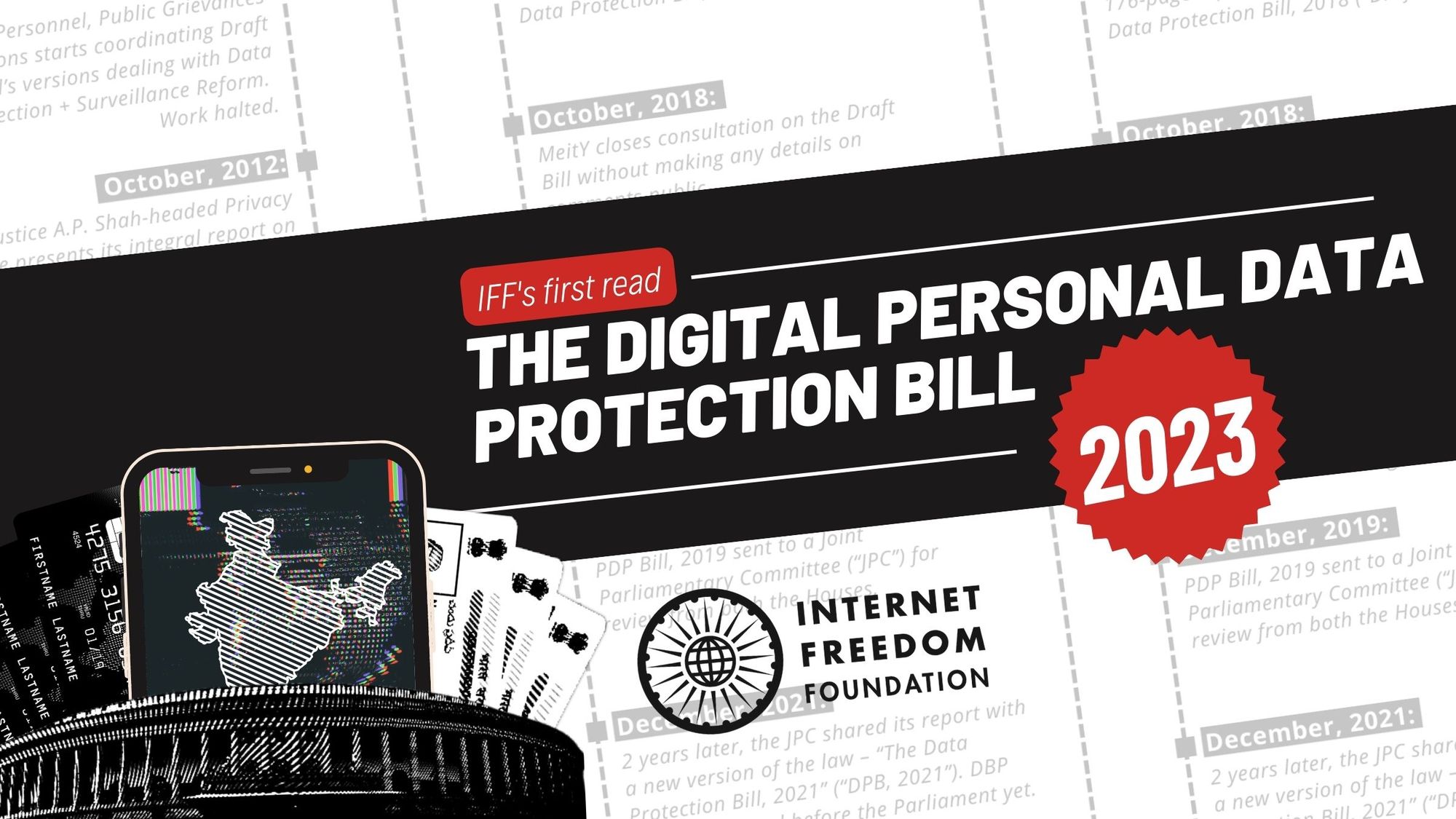

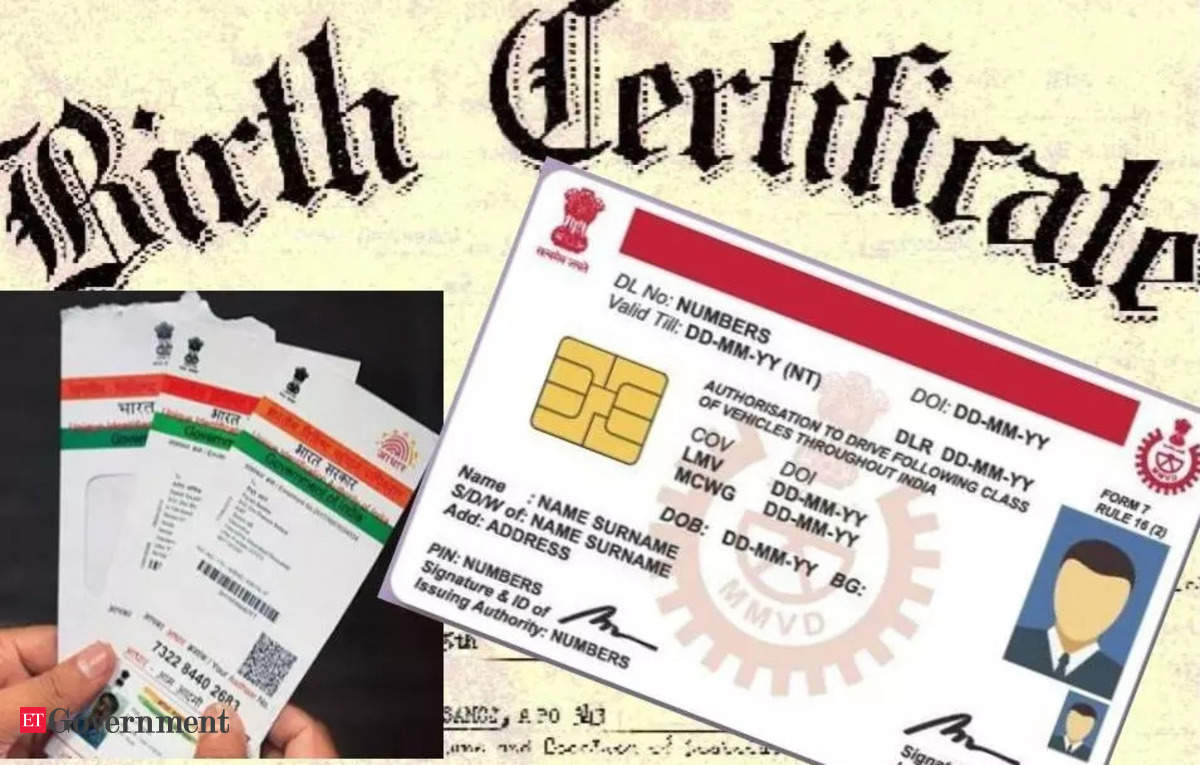


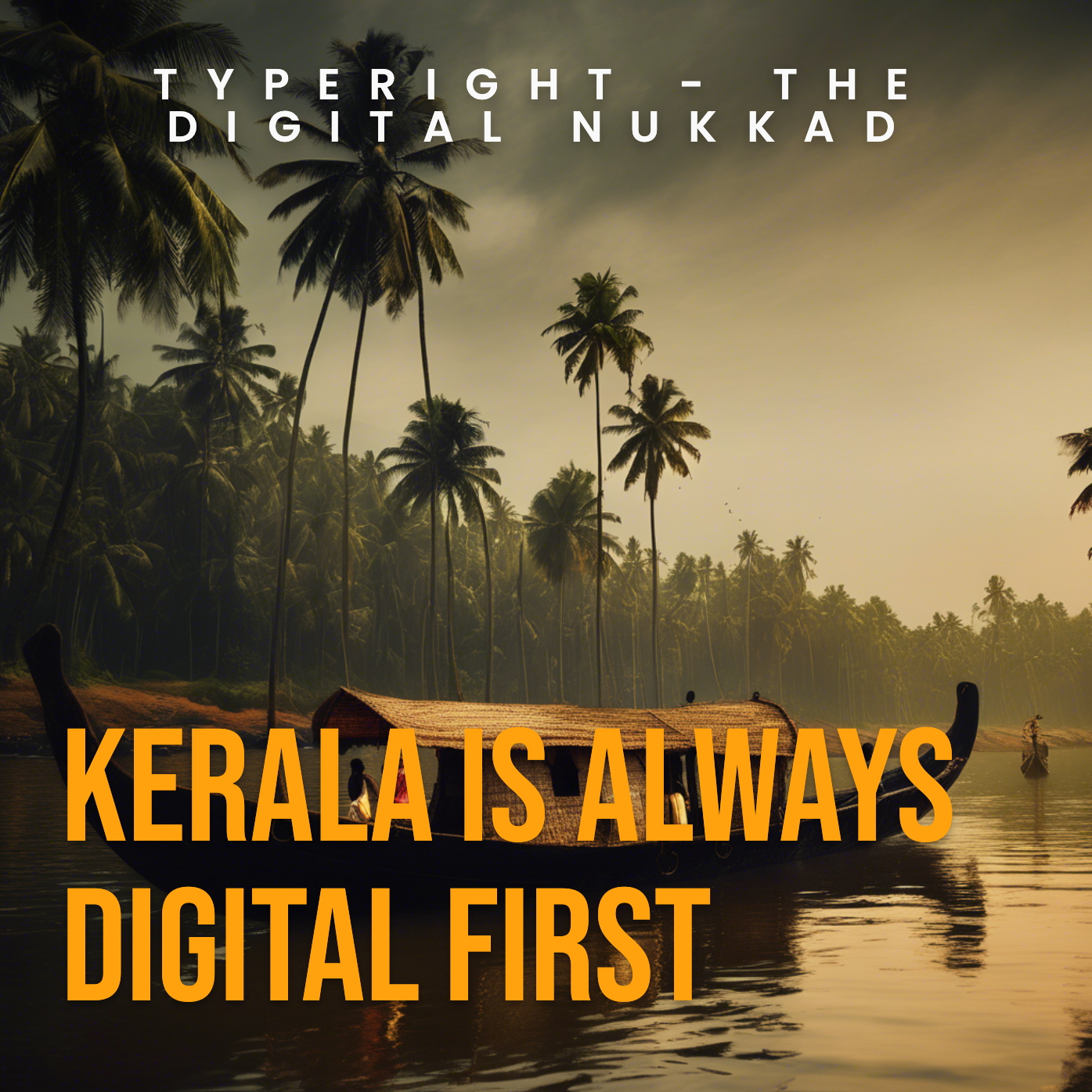
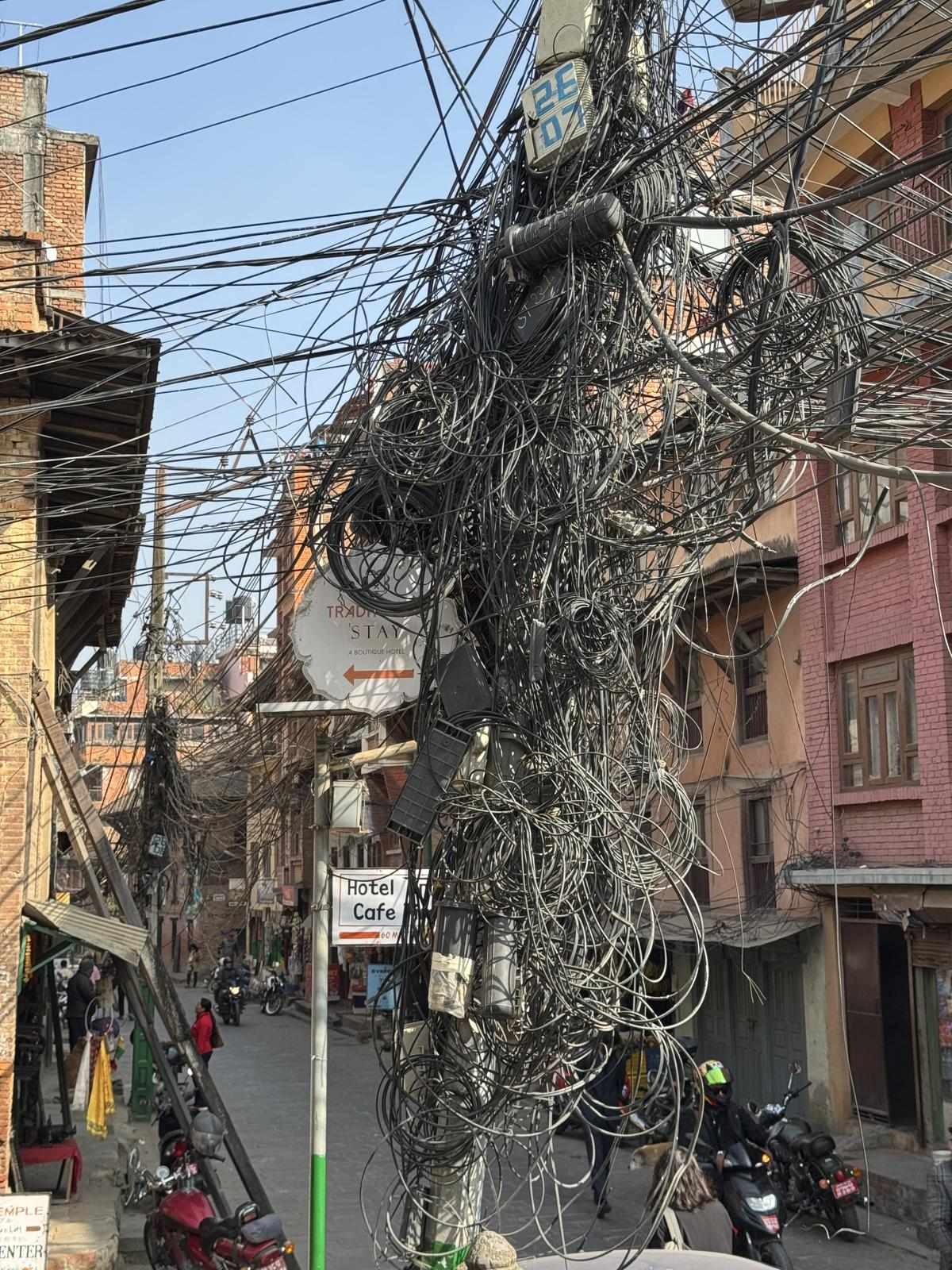
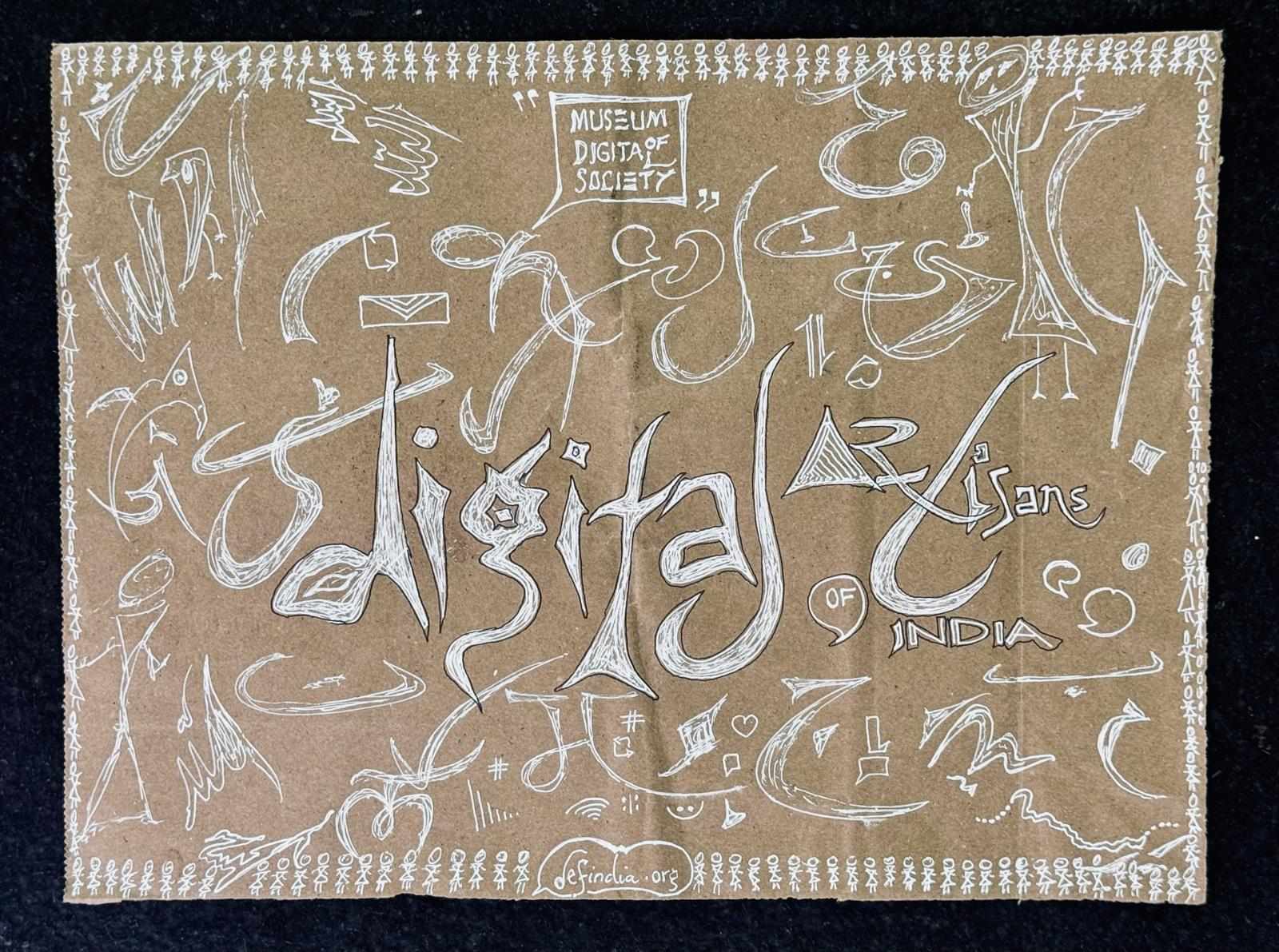
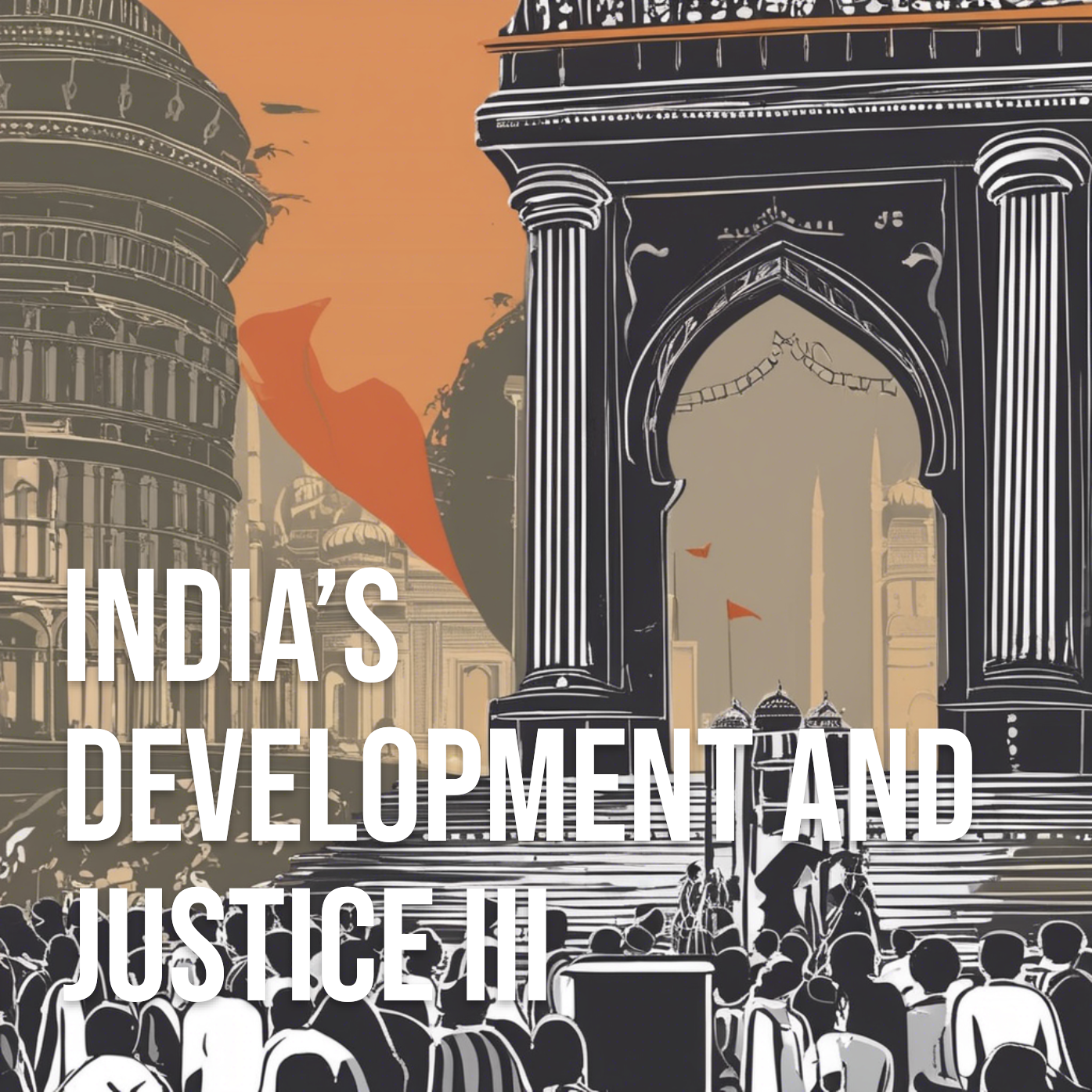
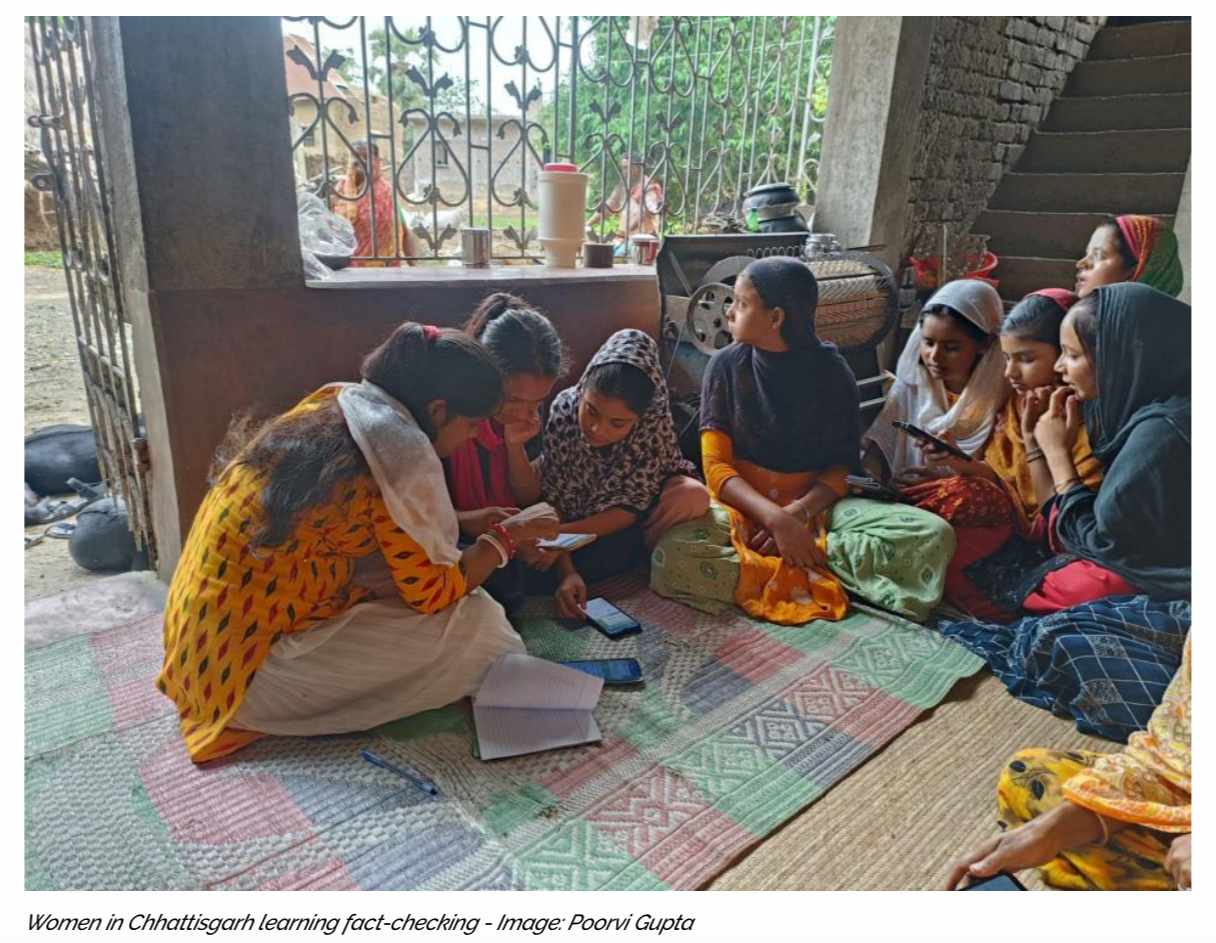


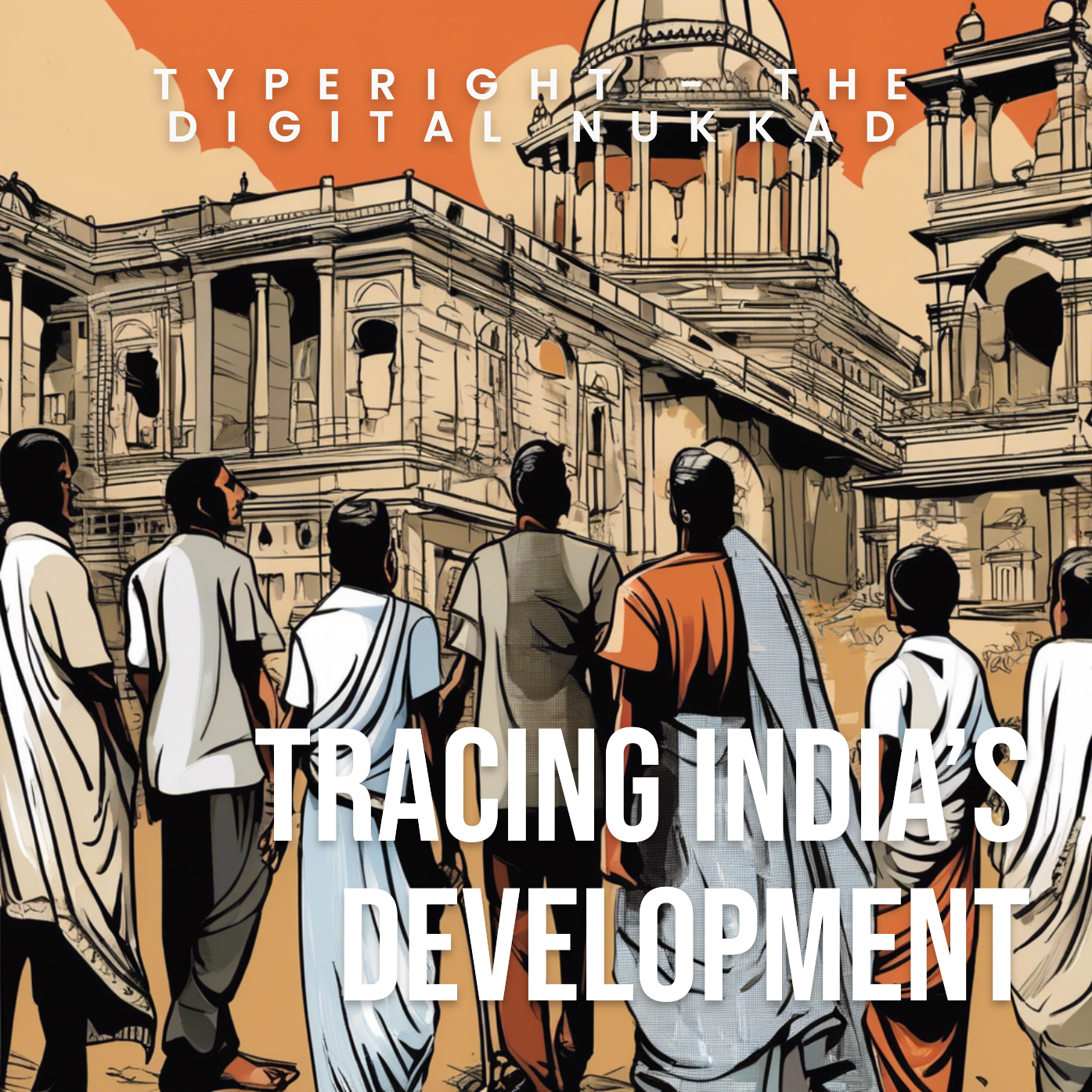









 might be?](https://sk0.blr1.cdn.digitaloceanspaces.com/sites/1394/posts/714526/dbc8de4c-5c50-411f-aba0-55cfb74a692d.jpeg)

Write a comment ...